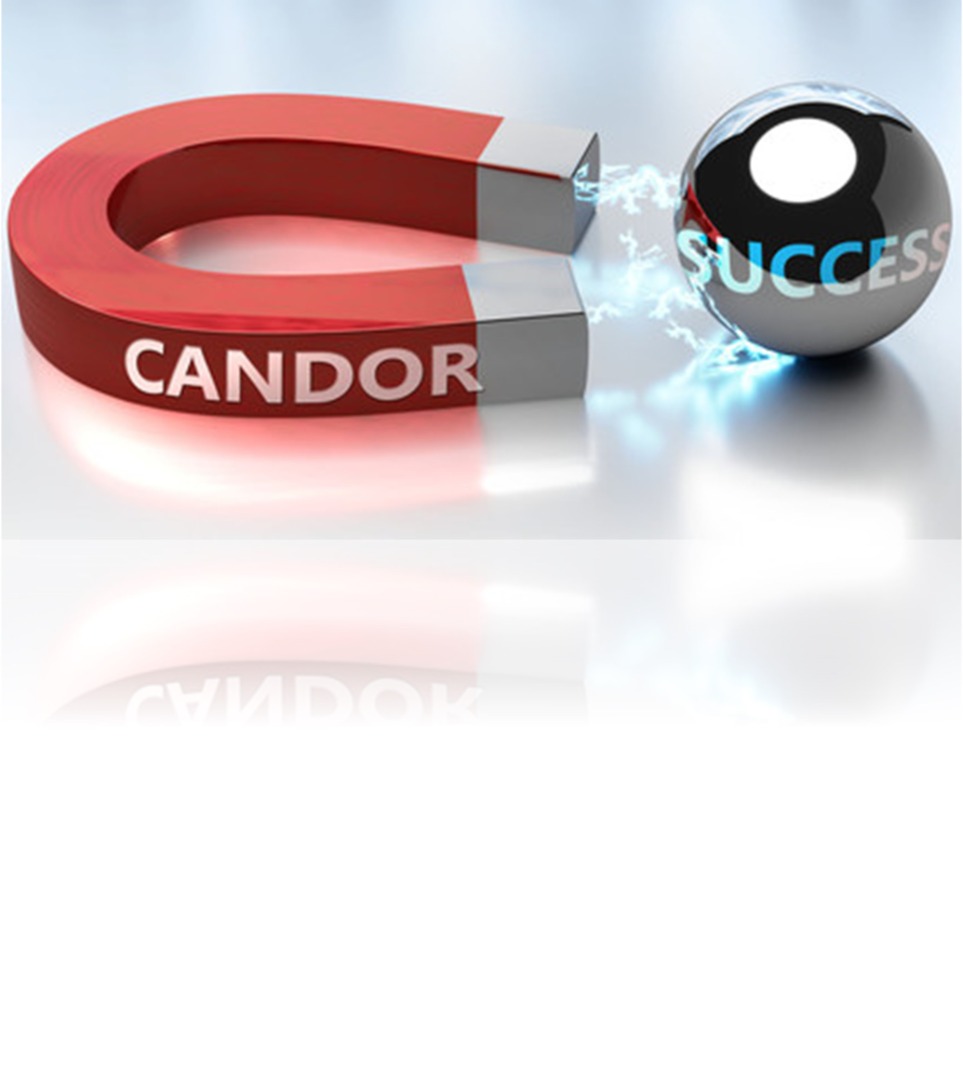
There are several ways to sell your business or hire a business broker to sell my business, and we are going to review a few in this article and provide checklists and action steps to help you navigate one of the happiest times of your BUSINESS CAREER.
For Sale Buy Owner
Hire A Business Broker
Strategic Acquisition or Bolt-on
Wrk With a Buy Side Firm
Sell to a Smart Money Buyer
Sell your Business Own Your Own
Selling a business by the owner, often referred to as “for sale by owner” (FSBO), can present several challenges and risks that might make it less appealing compared to using professional services such as business brokers, M&A advisors, or investment bankers. Here are key reasons why selling your business on your own might not be the best approach: (it is best to have a friend that has had a successful exit to come along side you with this journey if you choose it it the right path for yo)
1. Lack of Market Knowledge
- Challenge: Owners may not have a comprehensive understanding of the current market conditions, including the appropriate valuation for their business and the best marketing strategies to reach potential buyers.
- Risk: This could result in undervaluing the business or failing to find a buyer altogether.
2. Limited Access to Buyers
- Challenge: Owners typically have a limited network of potential buyers, which can significantly reduce the chances of finding the right buyer for their business.
- Risk: This limited exposure may extend the time it takes to sell the business or may result in not selling at all.
3. Negotiation Challenges
- Challenge: Business owners are often emotionally attached to their businesses, which can make objective negotiation difficult.
- Risk: Emotional involvement may lead to poor negotiation outcomes, such as accepting lower offers or terms that are not in the owner’s best interest.
4. Complexity of the Sales Process
- Challenge: The process of selling a business involves various complex steps, including business valuation, preparation of a detailed information memorandum, due diligence, and legal documentation.
- Risk: Mistakes in any of these areas can derail the sale process, lead to legal liabilities, or result in financial losses.
5. Time and Effort
- Challenge: Selling a business is time-consuming and can distract the owner from running the business, potentially affecting its performance and value.
- Risk: The business may suffer during the sales process, decreasing its attractiveness to buyers and potentially reducing the sale price.
6. Confidentiality Issues
- Challenge: Maintaining confidentiality during the sales process is crucial to prevent negative reactions from employees, customers, suppliers, and competitors.
- Risk: Owners may struggle to market the business effectively while also keeping the sale confidential, risking premature disclosure that could harm the business.
7. Legal and Financial Pitfalls
- Challenge: There are numerous legal and financial details involved in selling a business, requiring expertise in areas like contract law, taxation, and regulatory compliance.
- Risk: Overlooking important details can lead to legal disputes, unexpected tax liabilities, or other costly issues after the sale.
8. Emotional Decision-Making
- Challenge: Owners may make decisions based on their emotional attachment to the business rather than on what is financially or strategically best.
- Risk: This can lead to rejecting suitable offers or holding out for unrealistic valuations.
Business Broker
A business broker is a professional who assists in the buying and selling of businesses. The role of a business broker is multifaceted, encompassing elements of sales, marketing, finance, negotiation, and project management. They act as intermediaries between sellers and buyers of small to medium-sized businesses, facilitating transactions to ensure a smooth transfer of ownership. This role requires a combination of skills and knowledge to successfully navigate the complexities of business sales.
Key Responsibilities
- Valuation of Businesses: Assess and determine the value of a business based on its financial performance, assets, and market position.
- Marketing and Advertising: Develop and implement strategies to market businesses for sale, including preparing sales materials and listing businesses on relevant platforms.
- Buyer Qualification: Screen potential buyers to ensure they have the financial capacity and serious intent to purchase a business.
- Negotiation: Facilitate negotiations between buyers and sellers, acting as a mediator to resolve differences and reach a mutually beneficial agreement.
- Due Diligence Coordination: Assist in the due diligence process, ensuring that buyers have access to necessary financial records and information to evaluate the business accurately.
- Closing Transactions: Coordinate the closing process, including ensuring that all legal and financial documents are prepared, signed, and filed appropriately.
- Consultation and Advice: Provide clients with advice on the sale process, including pricing strategies, market trends, and legal requirements.
Skills and Qualifications
- Educational Background: While a specific degree is not always required, backgrounds in business, finance, or a related field can be beneficial.
- Experience: Prior experience in business sales, finance, or a related field is valuable. Understanding of small business operations and financial principles is crucial.
- Licensing and Certification: Requirements vary by location, but many regions require business brokers to have a real estate license. Additional certifications from professional associations, like the International Business Brokers Association (IBBA), can enhance credibility.
- Communication Skills: Strong verbal and written communication skills are essential for negotiating deals, marketing businesses, and advising clients.
- Analytical Skills: Ability to analyze financial statements, market data, and business models to accurately value businesses and advise clients.
- Ethical Standards: High ethical standards and integrity are critical, as brokers must handle confidential information and ensure fair dealings.
Hiring a Business Broker Check-list
Choosing the right business broker is essential, and it will be more than just the checklist…it will be a lot like dating. Finding the right one will not only help you get the EXIT COMPLETE but make your life/stress less.
Hiring a business broker check-list:
When listing your business for sale with a business broker, it’s crucial to ask the right questions to ensure they’re a good fit for your needs and to understand the process they will follow to sell your business. Here are 25 important questions to consider:
- Experience and Background
- What is your experience in selling businesses similar to mine?
- How long have you been a business broker?
- Credentials and Licensing
- Do you have any professional certifications or licenses relevant to business brokerage?
- Are you a member of any professional business broker associations?
- Sales Process
- Can you walk me through your sales process from listing to closing?
- How do you determine the valuation of a business?
- Marketing and Advertising
- How will you market my business for sale?
- What kind of advertising materials do you create, and can I see samples?
- How do you maintain confidentiality while marketing the business?
- Buyer Qualification
- How do you qualify potential buyers?
- What steps do you take to ensure a buyer has the financial capacity to purchase my business?
- Communication and Reporting
- How often will I receive updates on the sale process?
- What kind of reporting can I expect to receive?
- Negotiation and Offers
- How are offers presented and negotiated?
- Will you assist in negotiating the terms of the sale?
- Fees and Contracts
- What are your fees, and how are they structured?
- Is there an exclusive listing period, and what happens if my business does not sell during that time?
- Can I see a sample listing agreement?
- Closing Process
- What is your role in the closing process?
- Can you provide references from past clients?
- Post-Sale Support
- What kind of support can I expect after the sale is completed?
- Success Rate and References
- What is your success rate in selling businesses?
- Can you provide references from past clients whose businesses you’ve sold?
- Market Analysis
- How do you conduct market analysis for businesses like mine?
- What current trends in my industry could affect the sale of my business?
- Buyer Network
- Do you have a network of potential buyers for my type of business?
- Challenges and Solutions
- What are the most common challenges in selling a business like mine, and how do you address them?
- Legal and Ethical Standards
- How do you ensure compliance with legal and ethical standards in the sale process?
- Technology and Tools
- What technology and tools do you use to facilitate the business sale process?
- Partnerships and Alliances
- Do you work with other brokers or professionals to help sell the business?
- Exit Strategy Planning
- Can you assist with exit strategy planning if I don’t have one in place?
- Confidentiality Agreement
- How do you ensure that potential buyers sign a confidentiality agreement before receiving detailed information about my business?
- Post-Sale Non-Compete Agreements
- Do you assist in negotiating post-sale non-compete agreements?
- Inventory and Asset Handling
- How are inventory and other assets handled in the sale?
- Employee Retention
- How do you handle communication with employees about the sale?
- Real Estate and Lease Agreements
- How are real estate and lease agreements handled in the sale?
- After-Sale Transition
- What support is available for the transition to the new owner?
- Feedback and Improvement
- How do you handle feedback from sellers about the sales process?
Asking these questions can help you gauge the broker’s expertise, understand their process, and set the right expectations for the sale of your business.
Strategic Acquisition or Bolt-on
A strategic acquisition or bolt-on acquisition refers to the purchase of a company by another company that is looking to strengthen its existing operations, expand its market reach, or acquire specific assets, technologies, or expertise. This type of acquisition is typically pursued by companies seeking to grow strategically and gain competitive advantages in their industry.
Strategic Acquisition
- Definition: In a strategic acquisition, a larger company acquires a smaller company to gain access to new markets, products, technologies, or synergies that complement its existing business.
- Purpose: The primary goal is to enhance the acquirer’s strategic position and long-term profitability, rather than just seeking immediate financial gain.
Bolt-on Acquisition
- Definition: A bolt-on acquisition occurs when a company is acquired and then integrated into an existing division or subsidiary of the acquiring company. It’s often smaller in scale compared to the acquiring company’s size.
- Purpose: The aim is to add specific capabilities or products, expand geographically, or achieve cost synergies, thereby strengthening the acquirer’s existing business units.
Why a Strategic or Bolt-on Acquisition Might Be Preferable to Selling Outright
- Synergy Realization: Acquisitions can create synergies that may not be achievable through organic growth alone, such as cost reductions, improved efficiency, or enhanced market presence.
- Expansion Opportunities: Through a strategic acquisition, companies can quickly enter new markets or segments, leveraging the acquired company’s existing customer base and distribution channels.
- Access to Technologies and Expertise: Acquiring a company with unique technologies, patents, or specialized expertise can provide a competitive edge and accelerate innovation within the acquiring company.
- Economies of Scale: Bolt-on acquisitions allow companies to achieve economies of scale by expanding their operations, which can lead to lower costs per unit and improved profitability.
- Risk Diversification: Acquiring businesses in different regions or sectors can help diversify risk, reducing the impact of industry-specific downturns on the overall business.
- Faster Growth: Strategic acquisitions can be a quicker pathway to growth compared to the slower process of building business capabilities from scratch.
- Enhanced Value: Companies may find that being part of a larger, more diverse organization enhances their value and provides stability, resources, and opportunities for growth that were not previously available.
- Continuity and Integration: Unlike selling outright, which might lead to significant changes or the dissolution of the original business, a bolt-on acquisition often maintains some level of continuity, and the acquired company can benefit from the resources and support of the larger entity.
For business owners, considering a strategic or bolt-on acquisition as an alternative to selling outright can be a way to ensure that their company continues to grow and thrive under the umbrella of a larger organization. This approach can also offer financial rewards, strategic advantages, and a way to safeguard the company’s legacy. It requires careful consideration of the strategic fit, cultural alignment, and long-term goals of both the acquiring and acquired companies.
Smart Money












